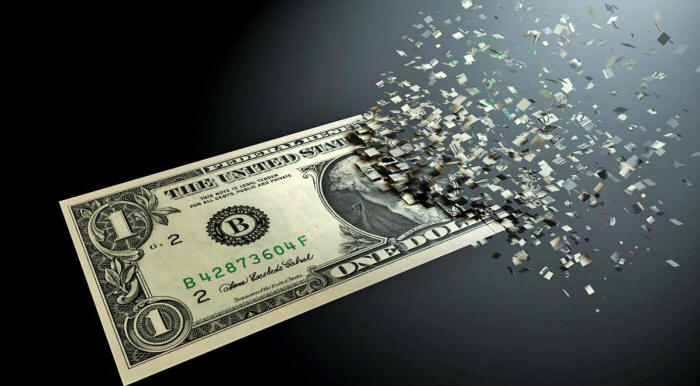|
by
Rajiv Mehta Information sent by MJGdeA
the People's Bank of China suddenly announced that the digital RMB (Renminbi, Chinese Yuan) cross-border settlement system will be fully connected to the ten ASEAN countries and six Middle Eastern countries, which means that,
This financial game, which The Economist called the "Bretton Woods System 2.0 Outpost Battle", is rewriting the underlying code of the global economy with blockchain technology.
While the SWIFT system is still struggling with the 3-5 day delay in cross-border payments,
In the first test between Hong Kong and Abu Dhabi,
What makes the West even more frightened is the technical moat of China's digital currency.
The blockchain technology used by the digital RMB not only makes transactions traceable, but also automatically enforces anti-money laundering rules.
In the China-Indonesia "Two Countries, Two Parks" project, Industrial Bank used digital RMB to complete the first cross-border payment, which took only 8 seconds from order confirmation to funds arrival, 100 times more efficient than traditional methods.
This technical advantage has enabled 23 central banks around the world to actively join the digital currency bridge test, among which Middle Eastern energy traders have reduced settlement costs by 75%.
The deep impact of this technological revolution lies in the reconstruction of financial sovereignty.
Data shows that the cross-border RMB settlement volume of ASEAN countries exceeded 5.8 trillion yuan in 2024, an increase of 120% over 2021.
Six countries including Malaysia and Singapore have included RMB in their foreign exchange reserves, and Thailand has completed the first oil settlement with digital RMB.
This wave of "de-dollarization" made the Bank for International Settlements (BIS) exclaim:
But what really shocked the world was China's strategic layout.
In projects such as the China-Laos Railway and the Jakarta-Bandung High-Speed Railway, the digital RMB is deeply integrated with Beidou navigation and quantum communication to build a "Digital Silk Road".
When European car companies use digital RMB to settle freight through the Arctic route, China is using blockchain technology to increase trade efficiency by 400%.
Today, 87% of countries in the world have completed the adaptation of the digital RMB system, and the scale of cross-border payments has exceeded 1.2 trillion US dollars.
While the United States is still debating whether digital currency threatens the status of the US dollar,
This silent financial revolution is not only about monetary sovereignty, but also determines who can control the lifeline of the future global economy!
This is very big news.
|


